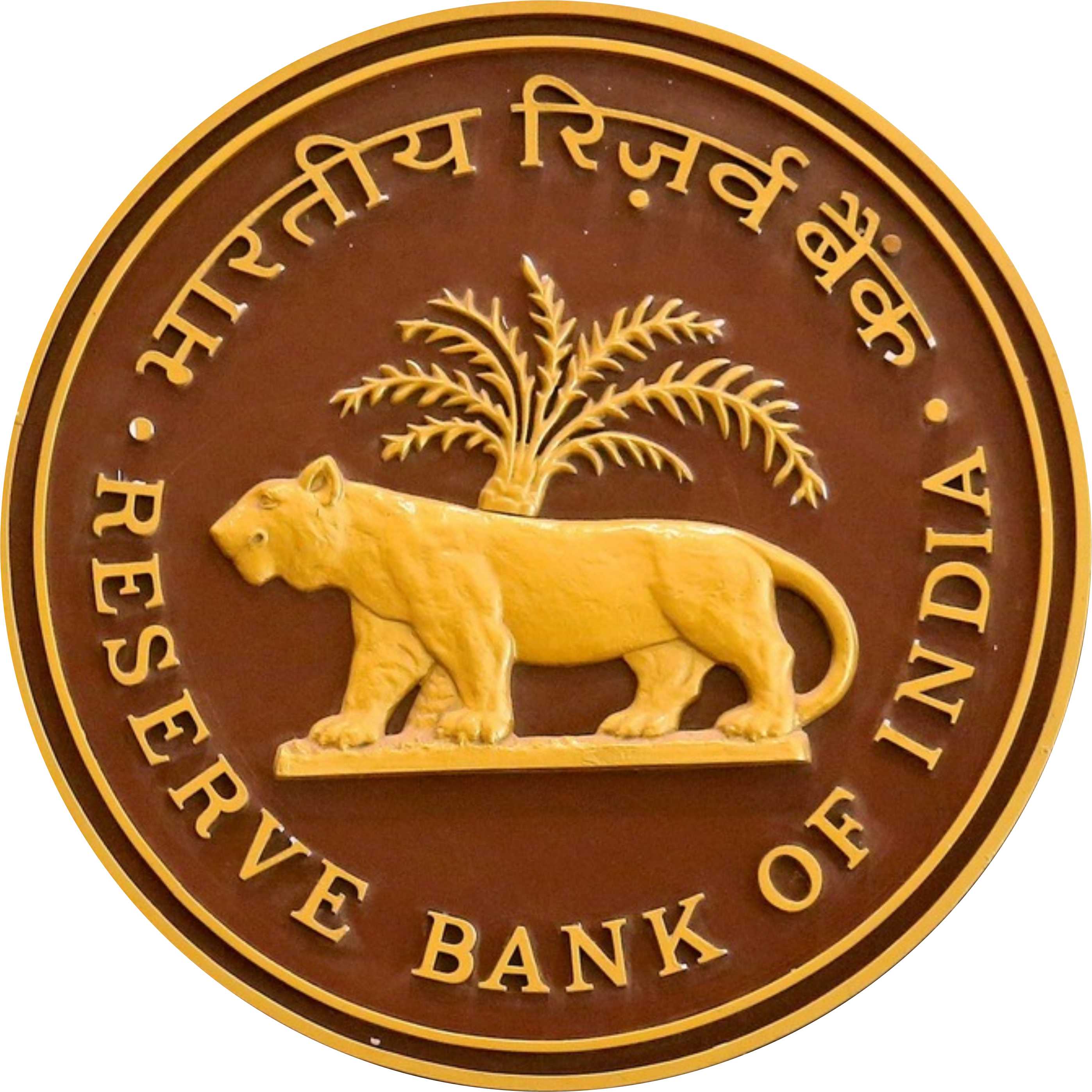About RBI Grade B
India's best institutes are partner with us. Find the quality study material with guaranteed success!!

RBI Grade B
RBI Assistant
Topics :
Growth and Development – Measurement of growth: National Income and per capita income – Poverty Alleviation and Employment Generation in India – Sustainable Development and Environmental issues.
Indian Economy – Economic History of India - Changes in Industrial and Labour Policy, Monetary and Fiscal Policy since reforms of 1991 – Priorities and recommendations of Economic Survey and Union Budget – Indian Money and Financial Markets: Linkages with the economy – Role of Indian banks and Reserve Bank in the development process - Public Finance - Political Economy - Industrial Developments in India- Indian Agriculture - Services sector in India.
Globalization – Opening up of the Indian Economy – Balance of Payments, Export-Import Policy – International Economic Institutions – IMF and World Bank – WTO – Regional Economic Co-operation; International Economic Issues
Social Structure in India – Multiculturalism – Demographic Trends – Urbanisation and Migration – Gender Issues – Social Justice: Positive Discrimination in favour of the under privileged – Social Movements – Indian Political System – Human Development – Social Sectors in India, Health and Education.
a) Financial System
1. Regulators of Banks and Financial Institutions
2. Reserve Bank of India- functions and conduct of monetary policy
3. Banking System in India – Structure and concerns, Financial Institutions – SIDBI, EXIM Bank, NABARD, NHB, etc, Changing landscape of banking sector.
4. Impact of the Global Financial Crisis of 2007-08 and the Indian response
b) Financial Markets
Primary and Secondary Markets (Forex, Money, Bond, Equity, etc.), functions, instruments, recent developments.
c) General Topics
1. Risk Management in Banking Sector
2. Basics of Derivatives
3. Global financial markets and International Banking – broad trends and latest developments.
4. Financial Inclusion
5. Alternate source of finance, private and social cost-benefit, Public-Private Partnership
6. Corporate Governance in Banking Sector, role of e-governance in addressing issues of corruption and inefficiency in the government sector.
7. The Union Budget – Concepts, approach and broad trends
8. Inflation: Definition, trends, estimates, consequences, and remedies (control): WPI, CPI - components and trends; striking a balance between inflation and growth through monetary and fiscal policies.
9. FinTech
Number Systems: Computation of Whole Number, Decimal and Fractions, Relationship between numbers.
Fundamental arithmetical operations: Percentages, Ratio and Proportion, Square roots, Averages, Interest (Simple and Compound), Profit and Loss, Discount, Partnership
Business, Mixture and Allegation, Time and distance, Time and work.
Algebra: Basic algebraic identities of School Algebra and Elementary surds (simple problems) and Graphs of Linear Equations.
Geometry: Triangle and its various kinds of centres, Congruence and similarity of triangles, Circle and its chords, tangents, angles subtended by chords of a circle, common tangents to two or more circles.
Mensuration: Triangle, Quadrilaterals, Regular Polygons, Circle, Right Prism, Right Circular Cone, Right Circular Cylinder, Sphere, Hemispheres, Rectangular Parallelepiped, Regular Right Pyramid with triangular or square Base.
Trigonometry: Trigonometry, Trigonometric ratios, Complementary angles, Height and distances (simple problems only) Standard Identities like sin2𝜃 + Cos2𝜃=1 etc.,
Statistical Charts: Use of Tables and Graphs: Histogram, Frequency polygon, Bar-diagram, Pie-chart.
Semantic Analogy, Symbolic/ Number Analogy, Figural Analogy
Semantic Classification, Symbolic/ Number Classification, Figural Classification,
Semantic Series, Number Series, Figural Series
Problem Solving, Word Building, Coding & de-coding
Numerical Operations, symbolic Operations, Trends, Space Orientation, Space Visualization,
Venn Diagrams, Drawing inferences, Punched hole/ pattern- folding & un-folding
Figural Pattern-folding and completion
Indexing, Address matching, Date & city matching, Classification of centre codes/ roll numbers, Small & Capital letters/ numbers coding, decoding and classification
Embedded Figures, Critical thinking, Emotional Intelligence, Social Intelligence
Spot the Error, Fill in the Blanks, Synonyms/ Homonyms, Antonyms, Spellings/ Detecting mis-spelt words, Idioms & Phrases, One word substitution, Improvement of Sentences, Active/ Passive Voice of Verbs, Conversion into Direct/ Indirect narration, Shuffling of Sentence parts, Shuffling of Sentences in a passage, Cloze Passage, Comprehension Passage.
Exam Pattern :
1. Phase I Examination
| Name of Test | No. Of Questions | Maximum Marks | Time |
| General Awareness | 80 | 80 | 25 min |
| English Language | 30 | 30 | 25 min |
| Quantitative Aptitude | 30 | 30 | 25 min |
| Reasoning | 60 | 60 | 45 min |
| Total | 200 | 200 |
2 hrs |
2. Phase II Examination
| Name of Test | Type | Maximum Marks | Time |
| Economic and Social Issues | 50% Objective 50% Descriptive |
30 (Objective) 90 (Descriptive) |
50 min 50 min |
| English (Writing Skills) | Descriptive | 90 | 100 min |
| Finance and Management | 50% Objective 50% Descriptive |
30 (Objective) 90 (Descriptive) |
50 min 50 min |
| Total | 330 | 5 hrs |
Note: In descriptive, answers to be typed with the help of the keyboard.
3. Interview: 75 marks
Candidates will be shortlisted for the interview, based on aggregate of marks obtained in Phase-II (Paper-I +Paper-II +Paper-III)
Eligibility :
Nationality/Citizenship
A candidate must be either:
(i ) a citizen of India, or
(ii) subject of Nepal, or
(iii) a subject of Bhutan, or
(iv) a Tibetan refugee who came over to India, before the 1st January, 1962 with the intention of permanently settling in India
Educational Qualifications
Graduation in any discipline /Equivalent technical or professional qualification with minimum 60% marks (50% for SC/ST/PwBD applicants) or
Post-Graduation / Equivalent technical qualification with minimum 55% marks (pass marks for SC/ST/PwBD applicants)
Age Limit
21-30 Years
Age relaxation
| Category | Relaxation |
| SC/ST | 05 years |
| OBC | 03 years |
| PwD (General) | 10 years |
| PwD (OBC) | 13 years |
| PwD (SC/ST) | 15 years |
| Ex-Servicemen | 05 years |